PROTECT YOUR DNA WITH QUANTUM TECHNOLOGY
Orgo-Life the new way to the future Advertising by AdpathwayIn the relentless pursuit to address one of society’s most daunting challenges—drug addiction—scientists have turned to pioneering technological advances to uncover more objective and reliable methods of detection. Traditional approaches to assessing drug addiction have fallen short, overwhelmingly relying on subjective psychological scales, users’ self-reports, and clinicians’ judgments. These methods, while valuable, often lack the precision and physiological grounding necessary to capture the complexity of addiction severity with consistency and clarity.
A groundbreaking study recently published in BioMedical Engineering OnLine heralds a new era in addiction detection by leveraging the combined power of electroencephalogram (EEG) and near-infrared spectroscopy (NIRS) to obtain biologically based markers of drug craving and addiction severity. By employing a novel visual trigger paradigm designed to provoke drug cravings, the research gathers critical neural and hemodynamic data, opening the door to more objective and real-time addiction assessments. This multimodal data framework captures both the electrical activity of the brain and cerebral blood flow dynamics, providing a richer, multidimensional biological snapshot than conventional single-method approaches.
Central to this transformative study is AR-TSNET, a sophisticated deep learning architecture meticulously engineered to process and interpret bimodal physiological data. Unlike traditional models, AR-TSNET embraces a feature-level fusion approach that adeptly integrates signals from EEG and NIRS, maximizing the complementary insights each modality offers. The model draws on two specialized modules—named Tception and Sception—each finely tuned for its respective data source. Tception specializes in extracting intricate features from EEG signals, mapping out the temporal and spectral dynamics characteristic of neural activity associated with cravings and addiction. In parallel, Sception is tailored to parse NIRS data, sensitive to variations in oxygenated and deoxygenated hemoglobin, reflecting cerebral blood oxygenation patterns linked to addictive behavior.
One of the study’s most compelling innovations lies in its use of advanced attention mechanisms. These mechanisms intelligently assign importance weights to various features extracted from the data, effectively filtering out noise and redundant information that can cloud analysis. This level of precision refines the model’s sensitivity and specificity, ensuring that the most relevant physiological signals drive detection outcomes. Complementing this discriminatory capacity, residual connections within the network architecture safeguard against information loss—a common pitfall in deep networks—by maintaining the integrity of crucial feature representations as data traverse multiple layers.
The robustness of AR-TSNET was validated through rigorous k-fold cross-validation exercises on a data set comprising 36 addicted individuals and 20 healthy controls. The model achieved a striking classification accuracy of 92.6%, outshining many existing diagnostic protocols. Performance metrics showcased via confusion matrices and receiver operating characteristic (ROC) curves further underscore its exceptional capacity to discriminate between addicted and non-addicted subjects with minimal error. These findings illuminate the power of merging EEG and NIRS data—bimodal input that harbors significantly more diagnostic information than isolated uni-modal signals.
Beyond accuracy, the model’s stability and generalizability mark it as a promising tool for clinical environments where repeatable and reliable addiction assessments are crucial. The research emphasizes how the integration of residual connections not only preserves the predictive integrity of deep features but also fortifies the model’s resilience against the vagaries of biological variability and signal noise often encountered in real-world EEG and NIRS recordings.
The implications of this study are profound for addiction research as well as clinical practice. The objective nature of AR-TSNET mitigates the reliance on patient self-reporting, historically vulnerable to concealment or bias. It empowers clinicians with an evidence-based, physiological perspective, enhancing the ability to tailor interventions based on robust and quantifiable brain activity patterns. Moreover, the ease of implementing this dual-sensor and network framework could democratize drug addiction detection, facilitating earlier diagnosis and personalized treatment strategies worldwide.
This multimodal deep learning approach also sparks new lines of inquiry into the neural and hemodynamic signatures of addiction. By elucidating how EEG rhythms and cerebral oxygenation interact during craving states, the model advances our scientific understanding of addiction as a brain disorder manifesting across multiple physiological dimensions. Such insights pave the way for the development of novel neurostimulation therapies or pharmacological interventions aiming to recalibrate these dysregulated circuits.
Future research directions highlighted by the authors include expanding datasets across diverse populations and addiction types to enhance model adaptability and specificity. They also propose integrating real-time feedback loops into AR-TSNET, allowing dynamic tracking and potential craving suppression—ushering addiction management into the realm of closed-loop neurotechnology. Furthermore, the authors suggest that similar multimodal detection frameworks could extend beyond drug addiction, encompassing behavioral addictions and other neuropsychiatric conditions characterized by complex brain dynamics.
In sum, the fusion of EEG and NIRS with cutting-edge deep learning architectures transcends traditional boundaries in addiction diagnosis. This study’s pioneering AR-TSNET model not only elevates accuracy but also establishes a new paradigm wherein objective physiological data and artificial intelligence converge to unravel the mysteries of addiction. As this technology matures, it holds the potential to revolutionize not just how addiction is detected, but fundamentally how it is understood, treated, and ultimately overcome.
Subject of Research: Drug addiction detection using bimodal EEG–NIRS signals and deep learning techniques.
Article Title: Research on drug addiction detection based on AR-TSNET with bimodal EEG–NIRS.
Article References: Zhang, X., Gu, X., Chen, L. et al. Research on drug addiction detection based on AR-TSNET with bimodal EEG–NIRS. BioMed Eng OnLine 24, 123 (2025). https://doi.org/10.1186/s12938-025-01456-8
Image Credits: AI Generated
DOI: https://doi.org/10.1186/s12938-025-01456-8
Tags: AR-TSNET architecturebimodal EEG-NIRS technologybiological basis of addiction detectiondeep learning in addiction researchdrug addiction detectioninnovations in addiction treatment technologymultimodal data analysis in addictionneural and hemodynamic dataobjective addiction assessment methodsphysiological markers of drug cravingprecision in addiction severity measurementvisual trigger paradigm for cravings


 11 hours ago
4
11 hours ago
4
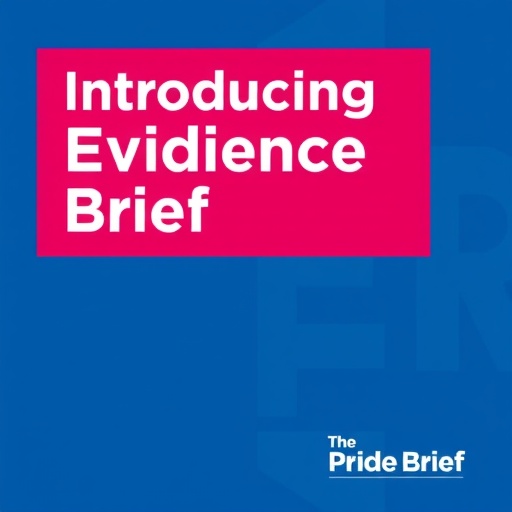
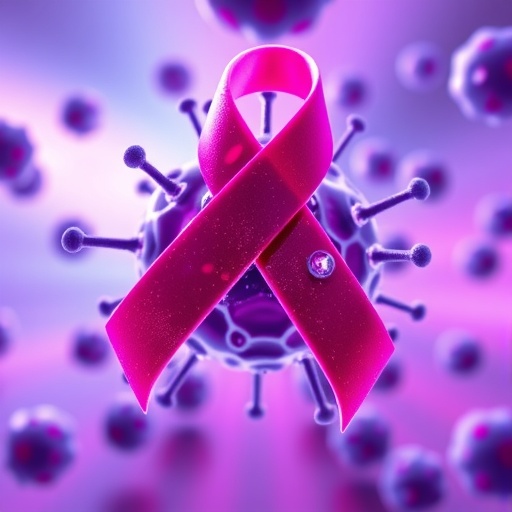
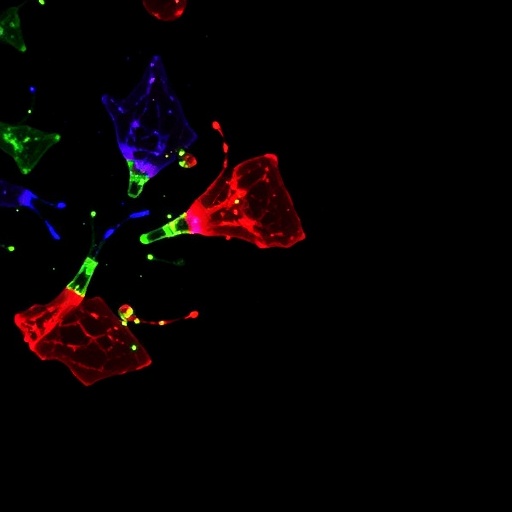
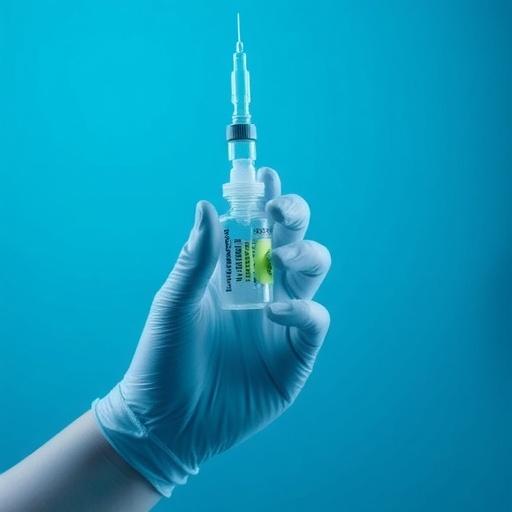

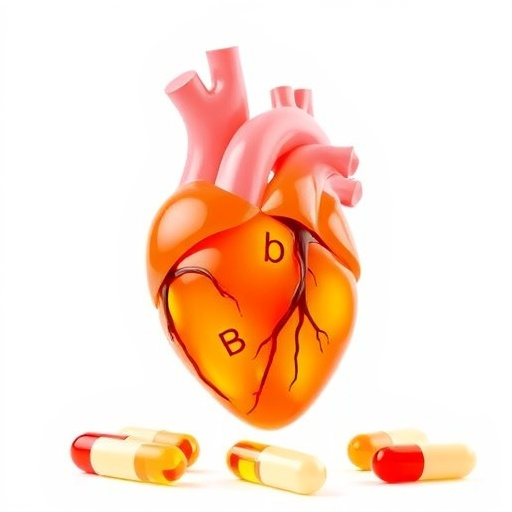
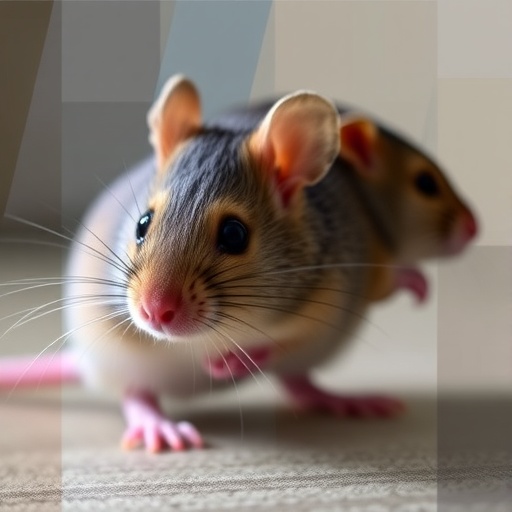














 English (US) ·
English (US) ·  French (CA) ·
French (CA) ·